How To Practice Successional Sowing For Carrots Between February And July

VEGETABLES > CARROTS > SOWING
Reviewed By PETER LICKORISH

Peter is a Horticulture Lecturer and self-employed Horticulturist, with a passion for diverse areas of the industry - from garden design to the science behind plant growth and propagation. He has completed the Royal Horticultural Society’s Master of Horticulture (MHort) Award and lectures on RHS courses at Bedford College.
Contributions From EMILY CUPIT

Emily is a Gardening Writer, Photographer and Videographer from Derbyshire, UK. She is the Founder of Emily's Green Diary - a community of more than 75,000 people who share in her gardening journey.
IN THIS GUIDE
CARROT GUIDES
Common Problems
Container Growing
Feeding & Watering
Growing From Tops
Harvesting
Sowing
Carrots are delicious vegetables that I would argue taste even better when you grow them in your own garden rather than buy them from a supermarket.
You can sow early varieties as early as February until April and maincrop varieties from late April to early July.
In most regions of the UK where the weather does not become overly warm, successional sowing can be practised for carrots.
You can sow carrots by following these steps:
- Prepare the soil on the ground for sowing.
- Sow the carrot seeds.
- Water the seedlings regularly.
- Care for the carrot seedlings as they grow.
This process is explained in more depth below.
| Difficulty | Medium |
| Equipment Required | Gardening gloves, shovel, hoe, rake and fork |
| When To Sow | February to July |
1) Prepare The Sowing Area
About a month before you intend to sow carrot seeds, prepare the sowing area.
Select a spot that is in full sun and gets plenty of shelter.
Carrots must be grown in light, powdery soil that is well-drained and free of stones, roots and any such impediments.
Hard, stony ground will cause forking and restricted growth.
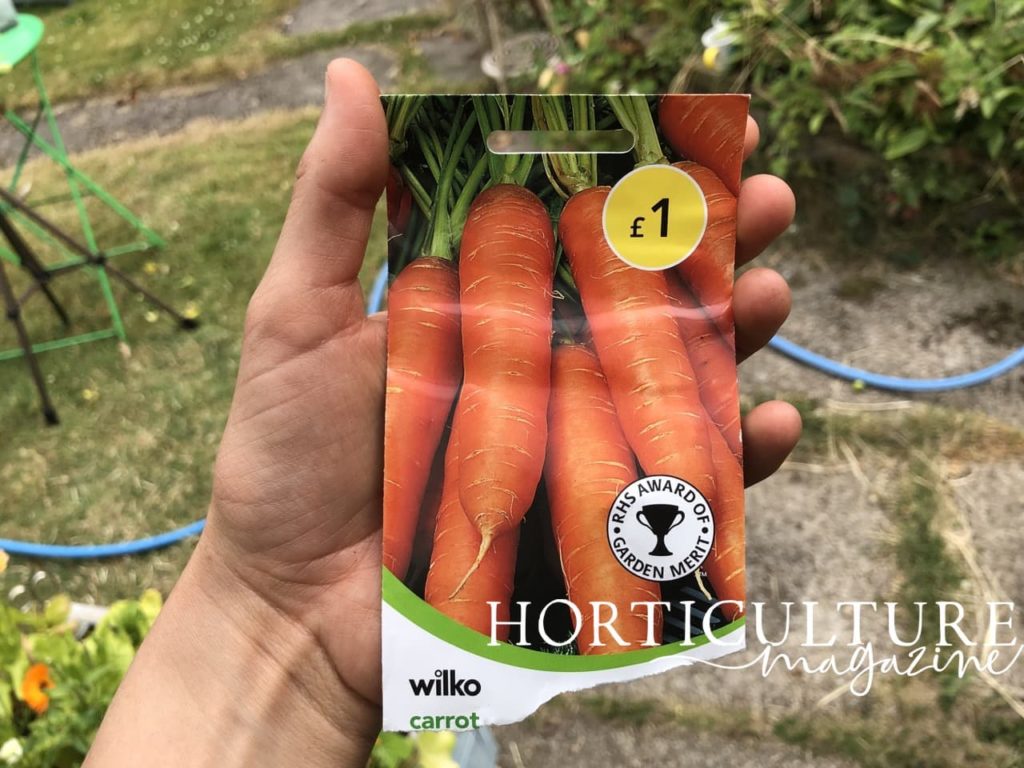
Clear the soil to about 25cm, though the depth depends on the particular cultivars you intend to grow.
Mix in well-rotted manure or compost to 25-30% of the volume of the natural soil.
For carrots, goat manure is best and you should not use chicken manure.
Till the prepared ground with a hoe or rake and then water it well before sowing.
“For early sowings, you could pre-heat the soil slightly with a sheet of black plastic,” says Peter Lickorish, a Lecturer at Bradford College in Horticulture.
2) Sow Your Seeds
About a month after you have prepared the ground, you can sow your carrot seeds.
Sow seeds about 1cm deep and 2-3cm apart.
Seeds are best sown in rows, which should be spaced apart by about 20cm.
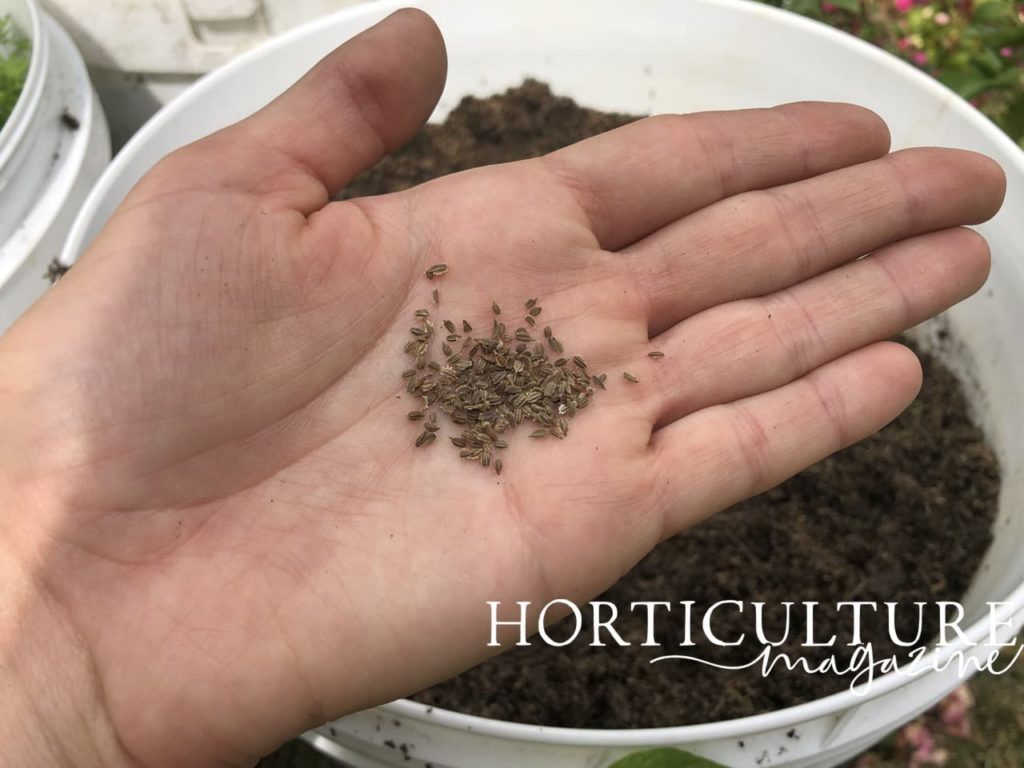
“If you’re struggling to sow thinly, there is an art to it, so try thoroughly mixing seed with an equal volume of sand before sowing,” says Peter.
“You can then see more clearly how thinly you are sowing.”
Lightly cover seeds with soil and pat down, making sure that you do not completely pack in the soil.
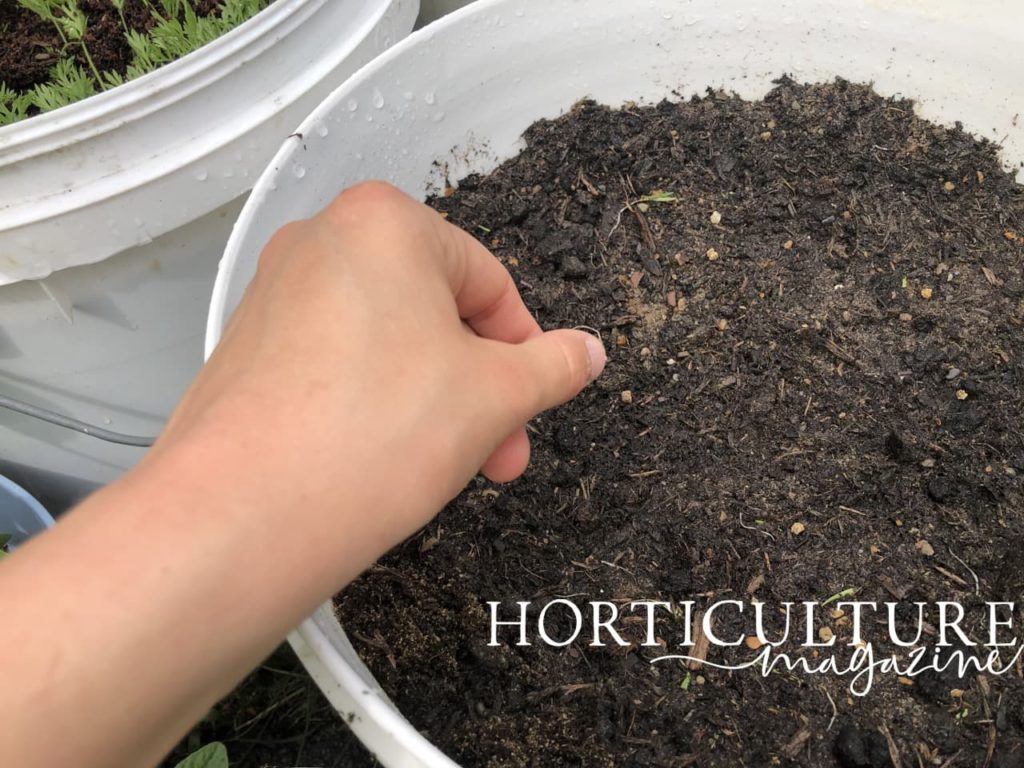
A heavy, prolonged shower will dislodge and may even wash away the tiny seeds, so avoid sowing carrot seeds when heavy rains are expected or temporarily cover the sowed area with canvas or sackcloth.
“For February sowing, a cloche or fleece cover will be needed to protect the seeds and seedlings,” Peter adds.
3) Water The Seedlings
Lightly water the seeds every other day, accounting for rain, until they germinate.
Earlies typically germinate in about 2 weeks whilst maincrop varieties take 3 weeks.
However, germination may occur up to a week earlier or later than expected.
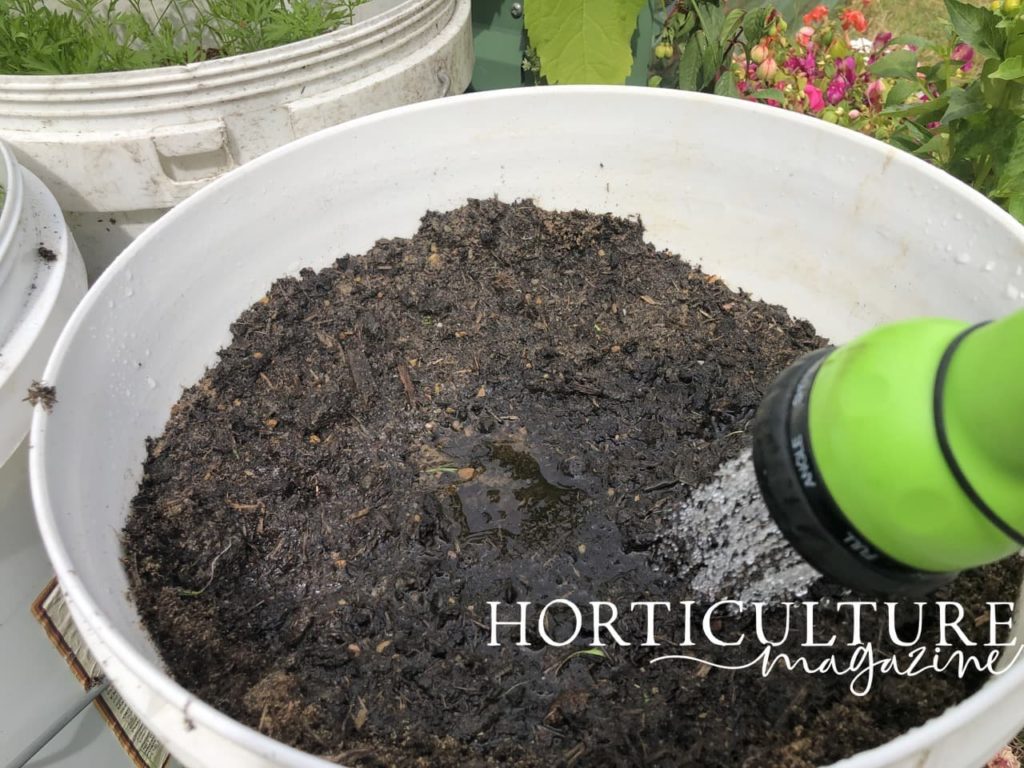
Decrease the frequency of watering to once every 3 days or so after the carrots germinate.
After a couple of weeks, water only occasionally, and if there is rainfall you need not water at all.
With carrots, a little water goes a long way.
4) Ongoing Plant Care
Carrots must be weeded regularly as they do not compete well with weeds.
Small weeds can be uprooted easily, but if a weed is large and overgrown, it may be better to snip it off near the base.
After the seedlings have grown, thin them to 6-7cm apart, making sure to water the ground well before thinning.
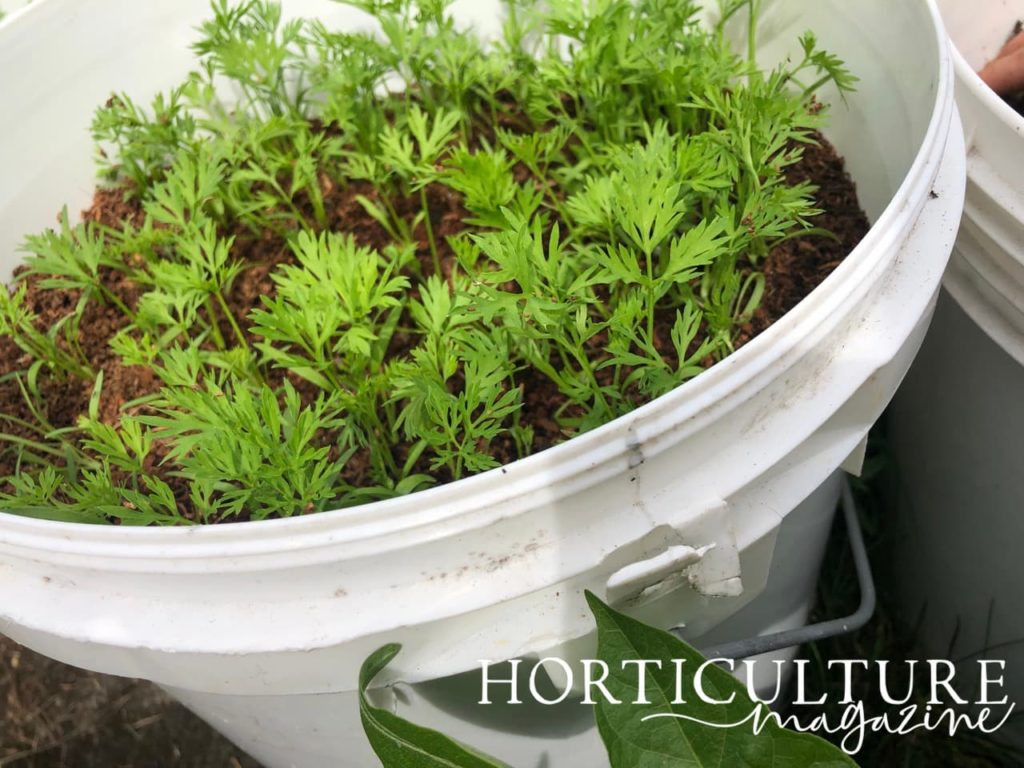
While thinning, try not to disturb the adjacent root.
You can use a mini plastic gardening fork to prise the plant up with one hand while you pull with the other.
“Thinning in the evening is preferable as it is less likely to lure in carrot root flies,” advises Peter.
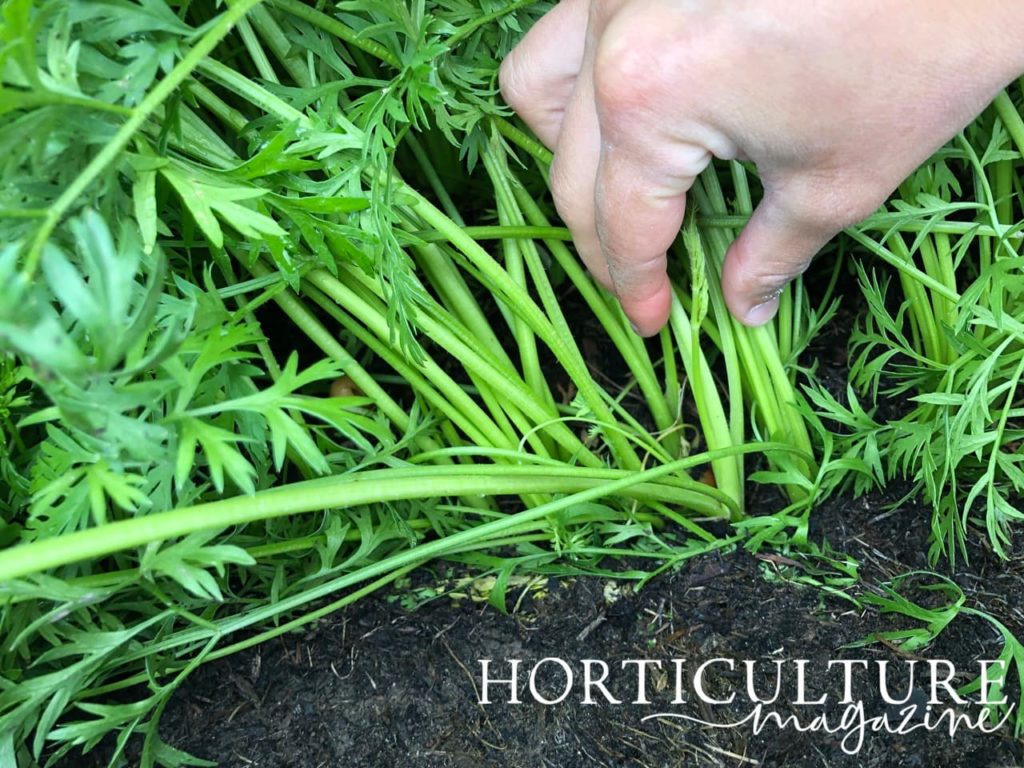
After thinning, apply a shallow layer of organic mulch.
As the carrots grow and the shoulders emerge from the ground, apply a layer of mulch once again to cover them.
Such mulching is necessary to prevent the carrots from greening.

